The agricultural industry is undergoing a profound transformation with the emergence of innovative technologies such as the Internet of Things (IoT) and Artificial Intelligence (AI). These technologies, when integrated into farming practices, give rise to the concept of Smart Agriculture. In this blog post, we will explore how Smart Agriculture is revolutionizing the way we farm, thanks to the advancements in IoT and AI. We will delve into the benefits, applications, and future prospects of this cutting-edge approach.
Smart Agriculture, also known as precision agriculture, is a transformative approach that leverages IoT and AI to optimize farming practices and ensure sustainable food production. This paradigm shift enables farmers to make data-driven decisions, improve resource utilization, and mitigate environmental impact. By integrating IoT devices and AI algorithms into traditional farming techniques, Smart Agriculture holds the potential to revolutionize the industry.
Understanding Smart Agriculture: Enhancing Efficiency and Sustainability
Smart Agriculture encompasses a range of technologies and practices aimed at maximizing crop yield while minimizing inputs and environmental impact. By harnessing the power of IoT and AI, farmers can optimize resource allocation, improve crop health, and make more informed decisions throughout the farming process. This approach enables precision farming, where each aspect of cultivation is carefully monitored and controlled for optimal results.
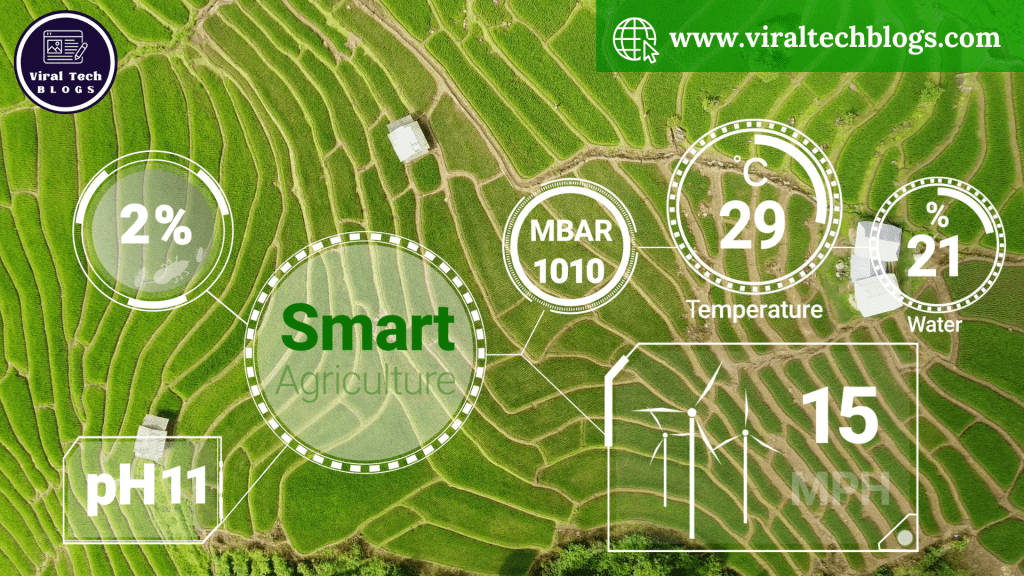
The Role of IoT in Smart Agriculture: Connecting and Collecting Data
IoT plays a crucial role in Smart Agriculture by connecting various devices, sensors, and machinery across the agricultural ecosystem. These devices collect real-time data on soil conditions, weather patterns, crop health, and other vital parameters. Through seamless connectivity, farmers can remotely access this data, monitor their fields, and receive timely alerts and insights. IoT devices enable the continuous monitoring and collection of data, allowing for proactive decision-making.
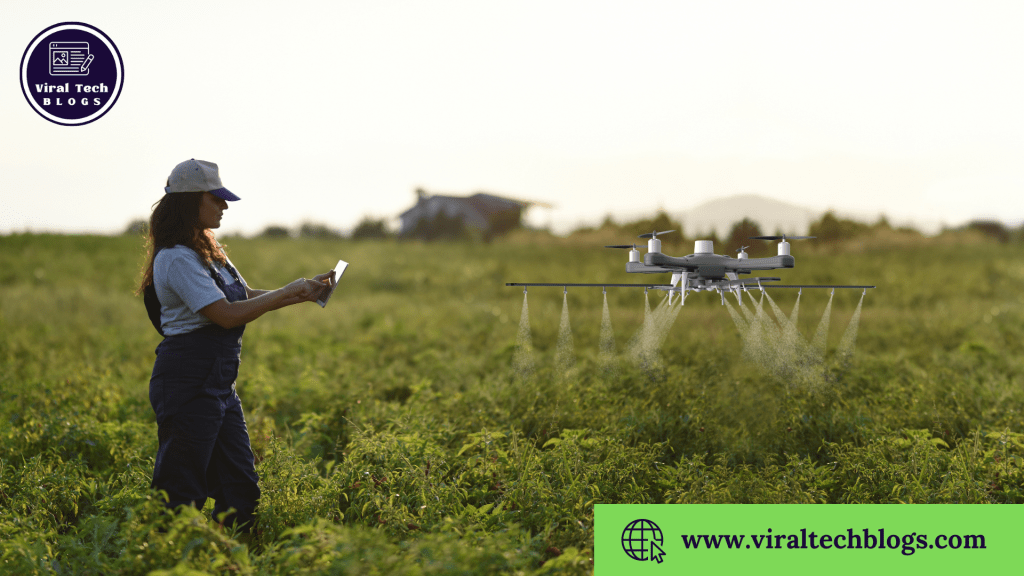
Harnessing AI in Farming: Analyzing and Optimizing Data
AI complements IoT in Smart Agriculture by processing the vast amounts of data collected from IoT devices. AI algorithms analyze this data to identify patterns, predict outcomes, and optimize farming practices. For example, AI can detect diseases or nutrient deficiencies in crops by analyzing images of plants, enabling timely interventions. AI-powered predictive analytics can also forecast weather conditions, market demands, and yield potential, empowering farmers to make strategic decisions.
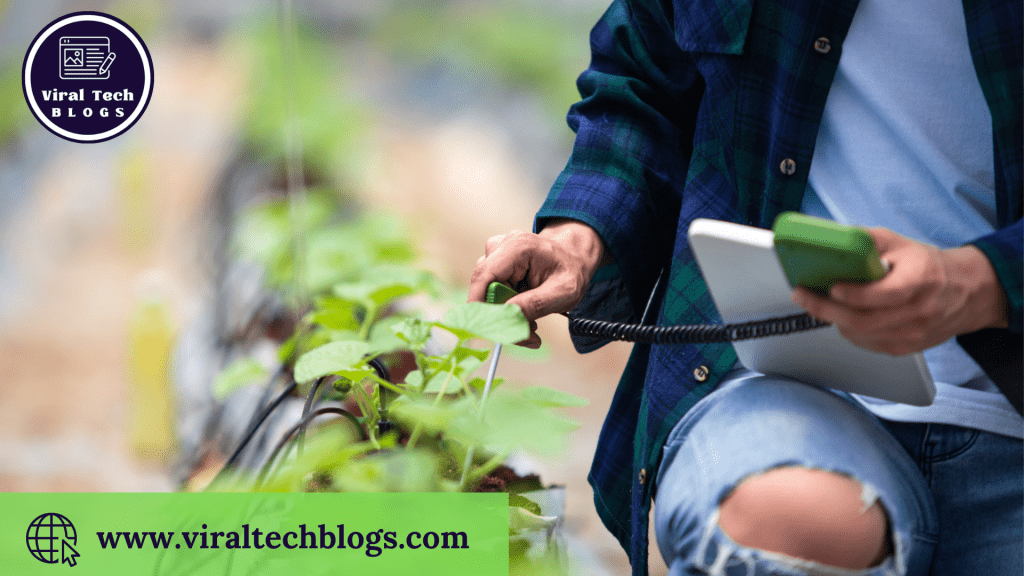
Precision Farming: Making Informed Decisions with Real-time Insights
Smart Agriculture provides farmers with real-time insights that enable them to make informed decisions. By integrating data from IoT sensors, weather forecasts, and AI analytics, farmers can optimize irrigation schedules, adjust fertilization plans, and manage pest control effectively. This data-driven approach minimizes guesswork, reduces waste, and maximizes efficiency.
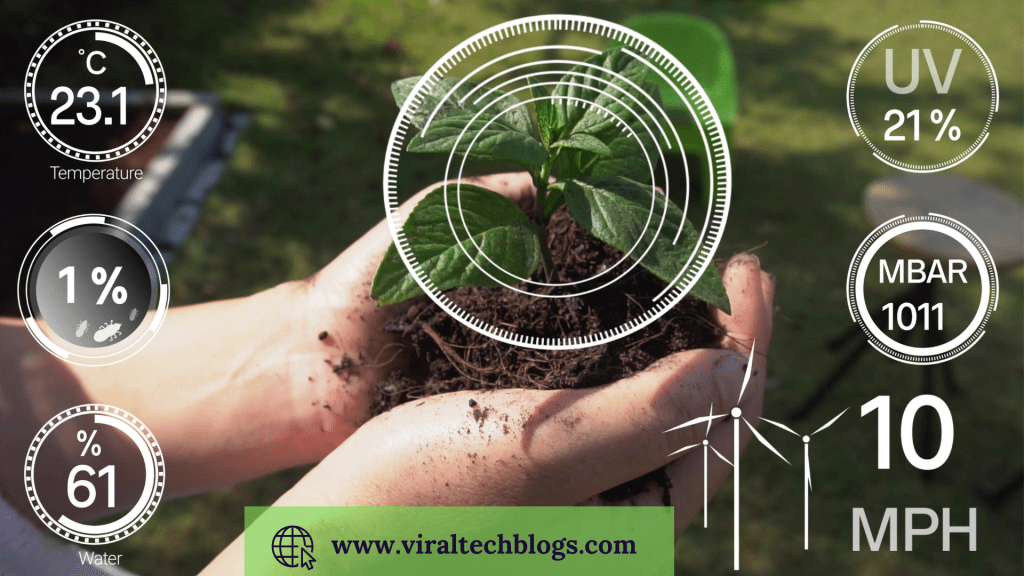
IoT Sensors: Monitoring Soil Moisture, Temperature, and Crop Health
IoT sensors play a crucial role in Smart Agriculture by collecting critical data on soil moisture, temperature, and crop health. Soil moisture sensors provide real-time information on the moisture levels in the soil, allowing farmers to optimize irrigation schedules and conserve water. Temperature sensors monitor ambient temperatures and help farmers prevent frost damage or heat stress in crops. Crop health sensors detect diseases, nutrient deficiencies, and pest infestations, enabling enabling prompt interventions.
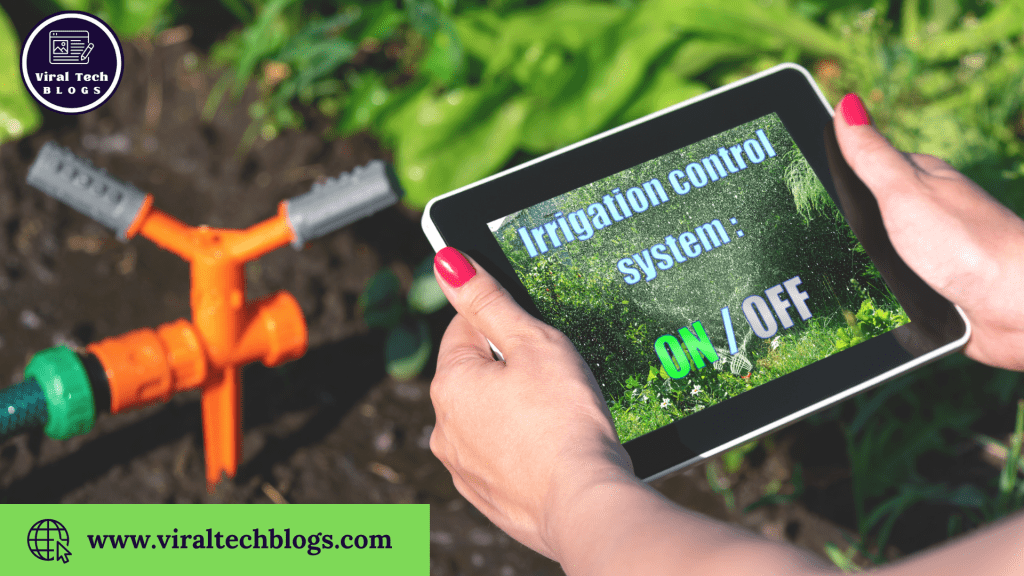
AI-powered Crop Management: Detecting Diseases and Optimizing Yield
AI algorithms can revolutionize crop management by detecting diseases, pests, and nutrient deficiencies at an early stage. By analyzing images of plants and leaves, AI can identify specific patterns and symptoms associated with various crop issues. This information enables farmers to take swift action, prevent the spread of diseases, and optimize yield potential. Additionally, AI can provide recommendations for optimal planting densities, nutrient levels, and crop rotation strategies to enhance overall productivity.
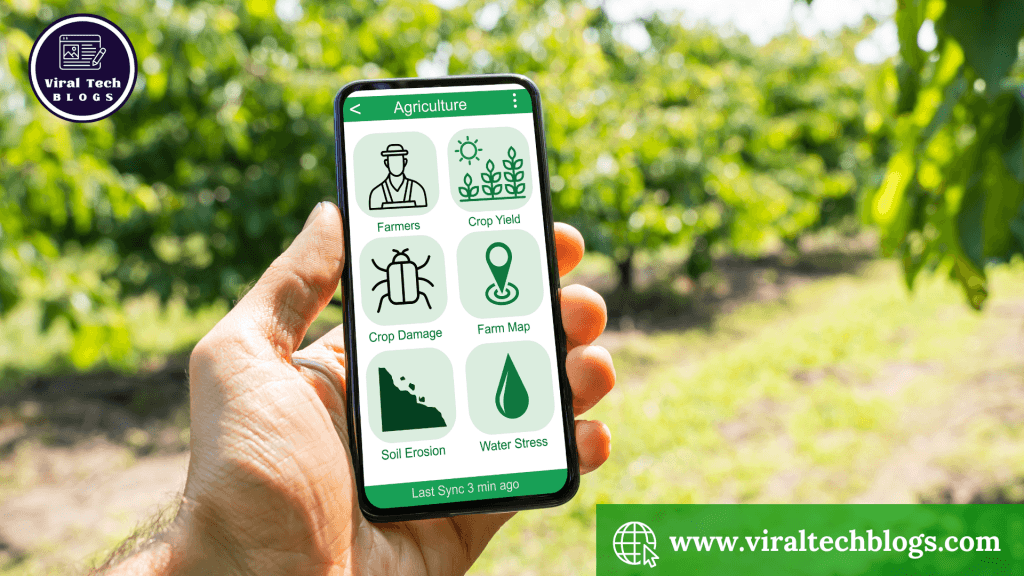
Resource Optimization: Smart Water Management and Nutrient Monitoring
Smart Agriculture empowers farmers to optimize the use of resources such as water and nutrients. IoT-enabled smart irrigation systems can monitor soil moisture levels in real-time and deliver water precisely when and where it’s needed, reducing water waste and ensuring optimal hydration for crops. Similarly, IoT sensors can monitor nutrient levels in the soil, allowing farmers to apply fertilizers efficiently and prevent overuse or underuse, thus minimizing environmental impact.
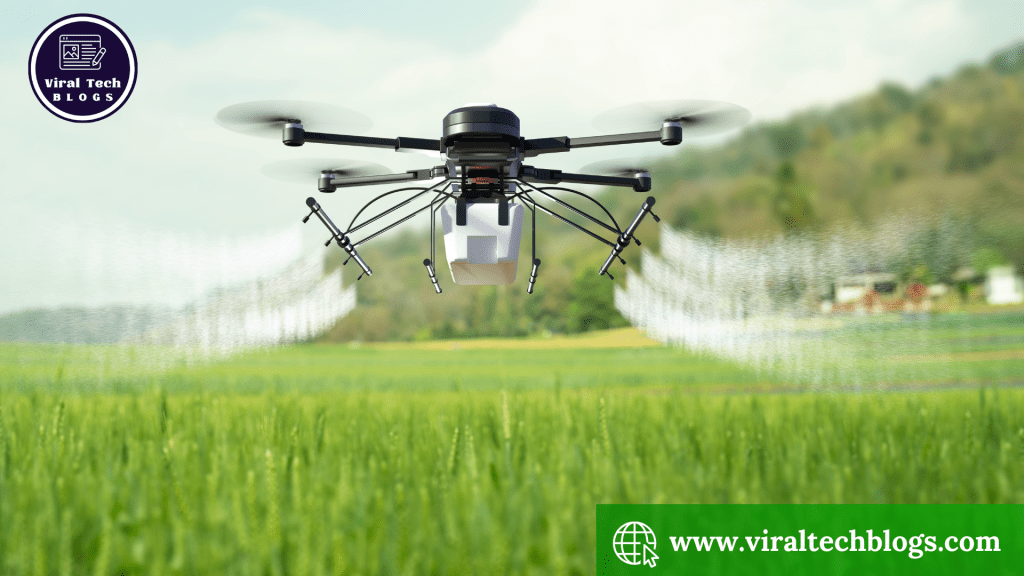
Automation in Agriculture: AI-driven Robotics and Autonomous Farming
AI-driven robotics and autonomous farming are emerging as game-changers in Smart Agriculture. Robots equipped with AI algorithms can perform tasks such as seeding, weeding, and harvesting with precision and efficiency. Autonomous vehicles and drones equipped with sensors and cameras can monitor and map fields, detect crop health issues, and assist in crop management decisions. These technologies minimize labor requirements, improve efficiency, and reduce the environmental impact of farming practices.
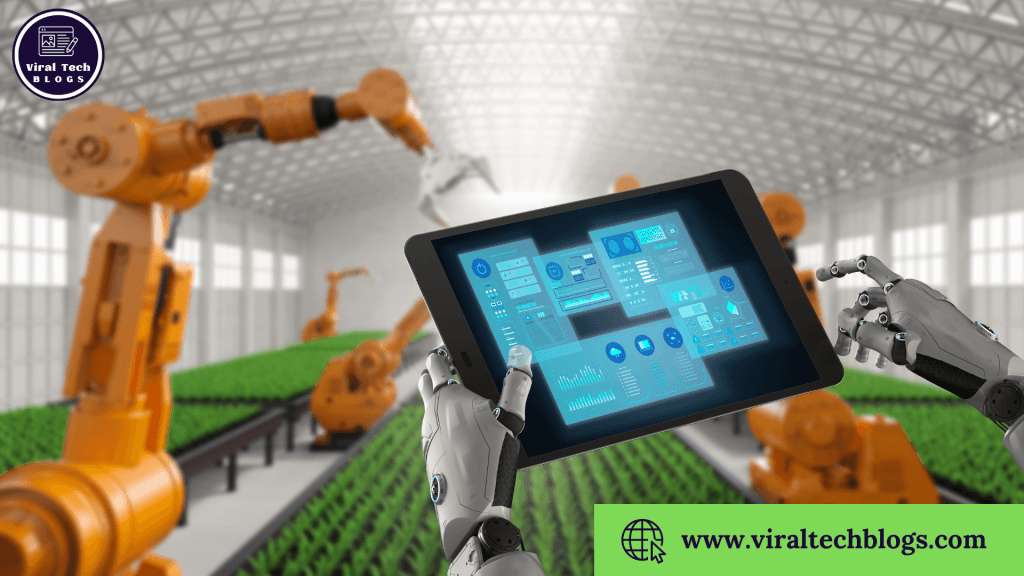
Smart Agriculture in Practice: Real-world Examples and Success Stories
Numerous real-world examples demonstrate the potential of Smart Agriculture. For instance, smart greenhouse systems utilize IoT sensors, AI algorithms, and automated controls to optimize temperature, humidity, and lighting conditions for optimal plant growth. Vertical farming facilities leverage AI-controlled environments to grow crops efficiently in urban settings. These success stories showcase the transformative power of Smart Agriculture in enhancing productivity and sustainability.
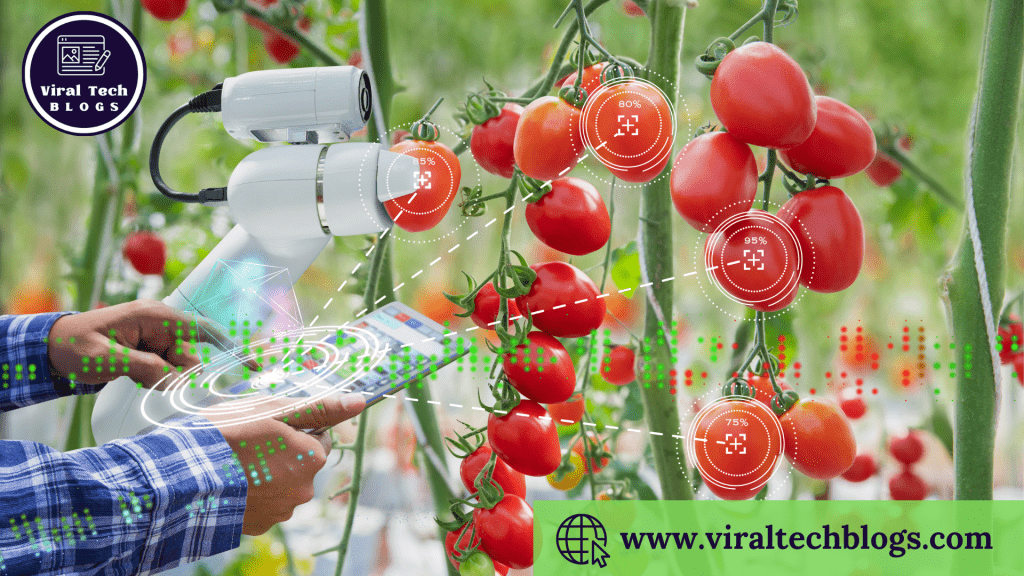
Future of Smart Agriculture: Challenges and Opportunities
While Smart Agriculture offers immense potential, it also faces challenges. These include the need for affordable IoT devices, reliable connectivity in rural areas, data privacy, and cybersecurity concerns. Additionally, knowledge gaps and resistance to change within the farming community may hinder widespread adoption. However, as technology continues to advance and awareness grows, these challenges can be overcome. The future of Smart Agriculture holds tremendous opportunities for increased efficiency, sustainable food production, and environmental stewardship.
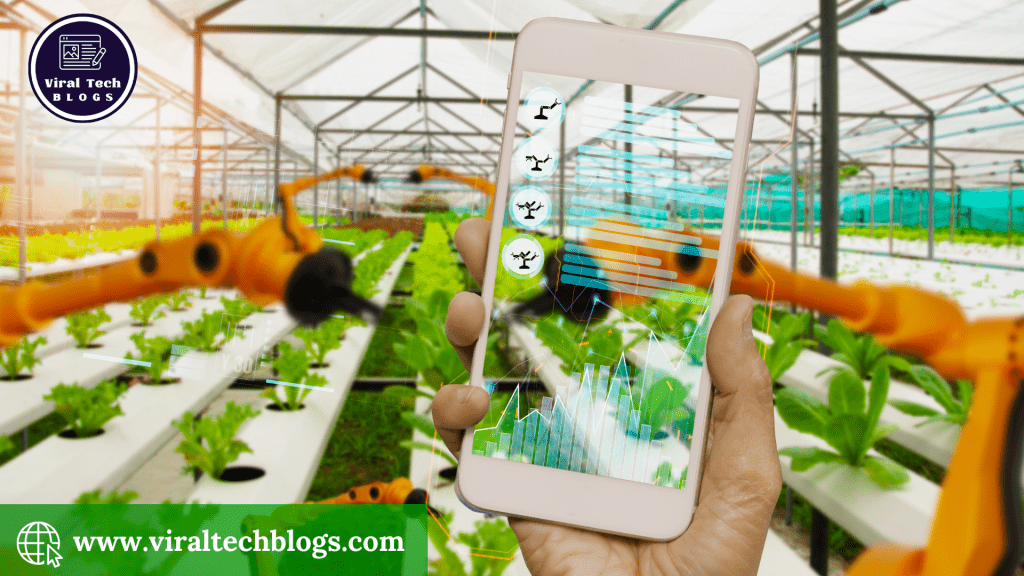
Conclusion:
Smart Agriculture, driven by IoT and AI, is revolutionizing farming practices by enabling data-driven decision-making, optimizing resource utilization, and promoting sustainability. The integration of IoT sensors, AI algorithms, and automation technologies empowers farmers to monitor crop conditions, predict and prevent diseases, and optimize farming operations. By embracing Smart Agriculture, we can build a more efficient, productive, and sustainable future for the agricultural industry, ensuring food security for generations to come.
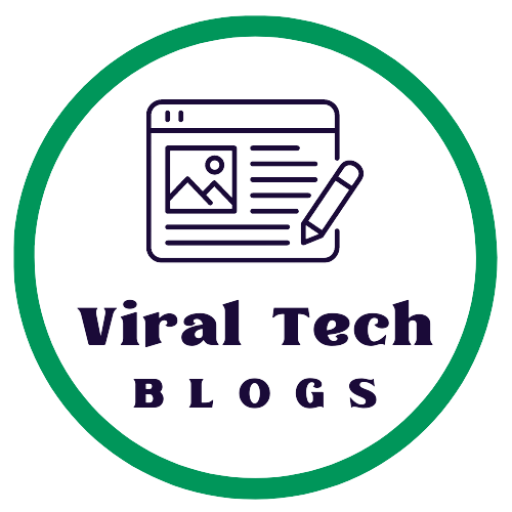
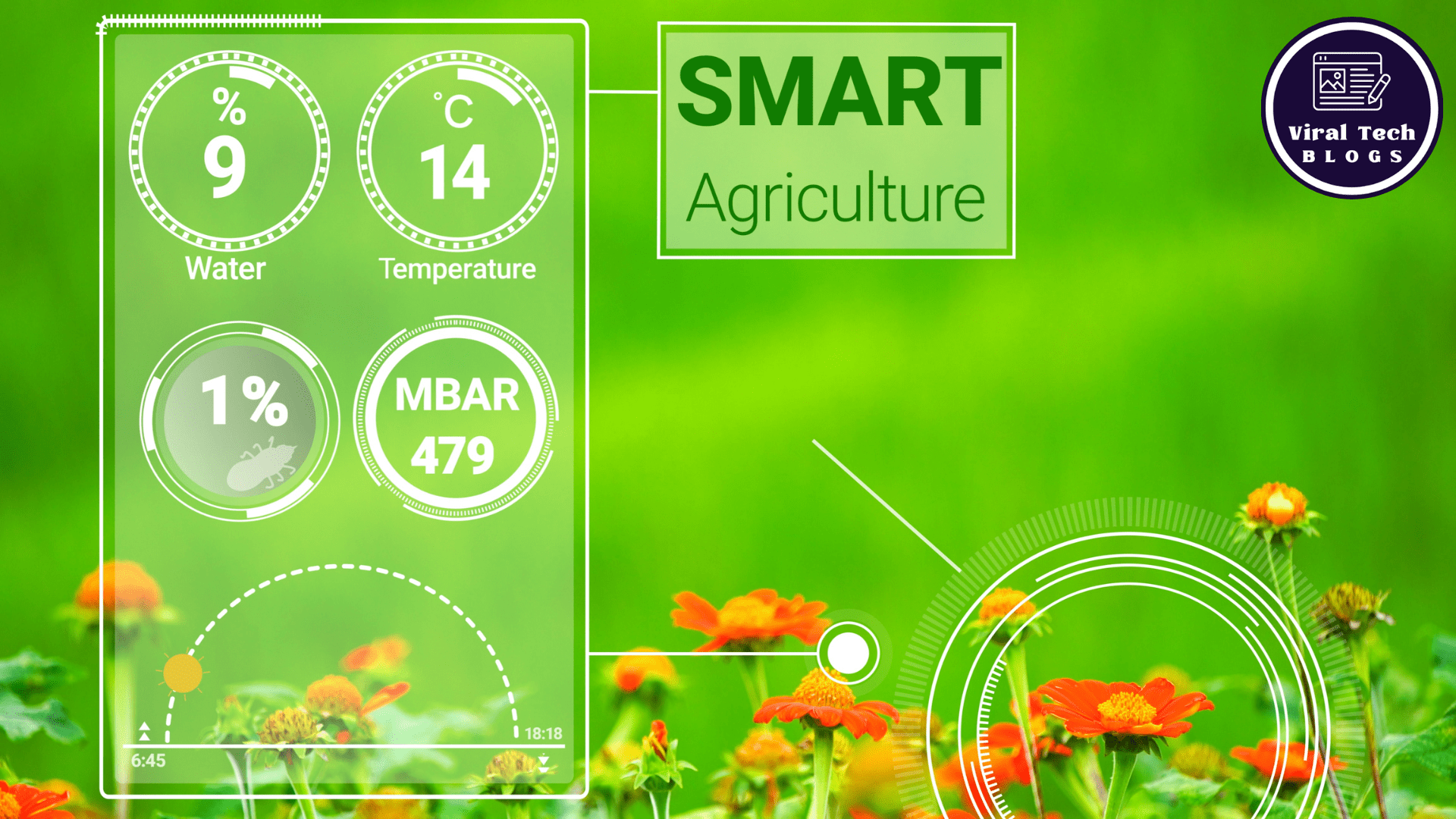
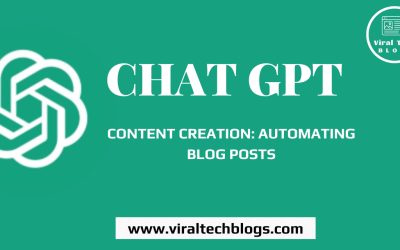

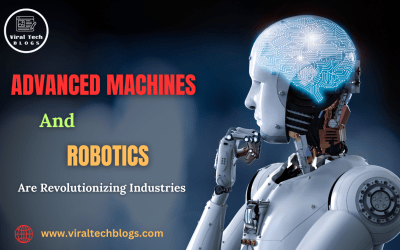
0 Comments